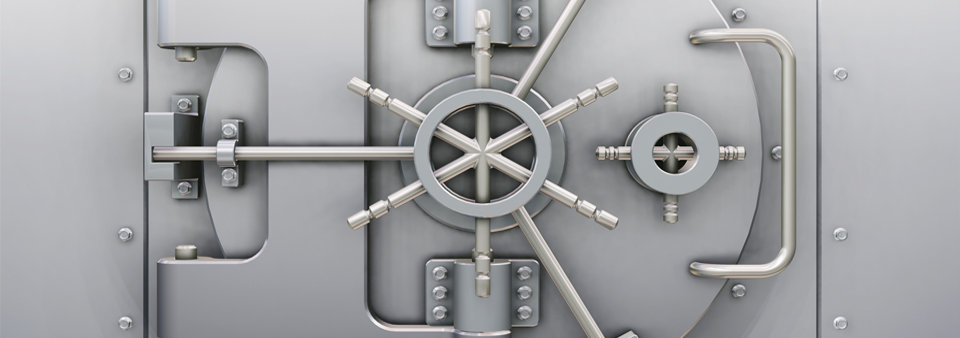Safe locks are complex. One of the most common types is the combination lock. Reliable and relatively maintenance free, it has taken something of a step back with recent technology in safe locks, but they can still be found in residential and commercial environments.
Devices designed with electronic systems are the go-to in high security safes. These safes are popular for quick and personalized access. Based on the model, individuals can have their own codes and codes can be changed based on staffing. These are significant incentives over combination safes, which require anyone needing access having the combination and changing that combination requiring a locksmith and bill.
Electronic locks come in a wide of array of options, each designed for unique commercial and personal purposes. The time delay safe is used where access has to be limited, acting as a theft deterrent. Time delays are excellent choices for a bank or jewelry safe, or other environment where valuables are kept. Opening window safes are similar to time delay, but lock out any attempts to access the device outside of pre-set times. (Regular time delay safes can be accessed if you have the right code.)
ISM safes are premium devices, the result of engineering that utilizes high security tech at reasonable costs. They have the highest resistance for burglary and a range of features in boltwork, locks, relocking, doors and bodywork. Interiors are application-adjustable and the construction is considered near impervious.
Electronic safes do require some maintenance, such as possible battery change and management of codes and access.


